
Certifications for Quality Geosynthetic Containment
Certifications in containment system projects are like the blueprints for a sturdy bridge. They set the guidelines that professionals need to follow to ensure everything is built to last. Certifications matter because they show that the people working on these projects have the right skills and knowledge. They guarantee that every step of the project meets high standards.
Having certified professionals on a containment project boosts safety and quality assurance. These badges of expertise mean the workers know how to handle materials safely, understand the best practices, and follow strict guidelines. This way, the finished system stands strong and does its job without any hiccups. With safety being a top priority, certifications help avoid accidents and errors that could lead to leaks or other important issues.

The Importance of Extrusion Welding and Proper Protocols in Concrete Protective Liner Applications
Concrete protective liners rely on extrusion welding to create watertight and durable seams. Proper protocols, certified technicians, and adherence to industry standards ensure weld quality, which is critical for preventing system failures in demanding environments like wastewater treatment plants and industrial containment.
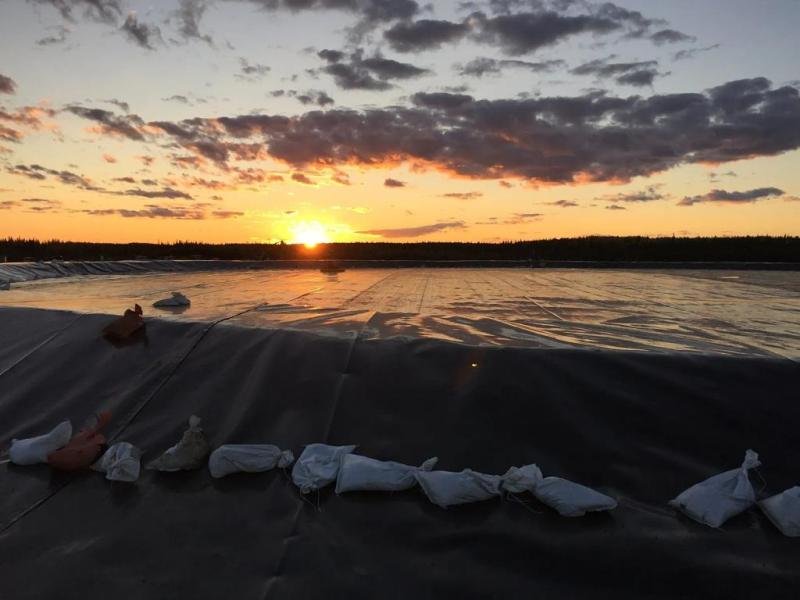
Geomembrane Containment Liner
Geomembrane containment liners are essential for environmental protection and sustainability, offering a durable and cost-effective solution for industries like mining, agriculture, and wastewater treatment. These synthetic barriers, made from materials such as HDPE and LLDPE, prevent fluid migration and protect soil and groundwater from contamination. Engineered Containment provides high-quality geomembrane liners tailored to meet industry-specific needs, ensuring compliance with environmental regulations while safeguarding ecosystems. Contact Engineered Containment today for reliable solutions designed to protect the environment.
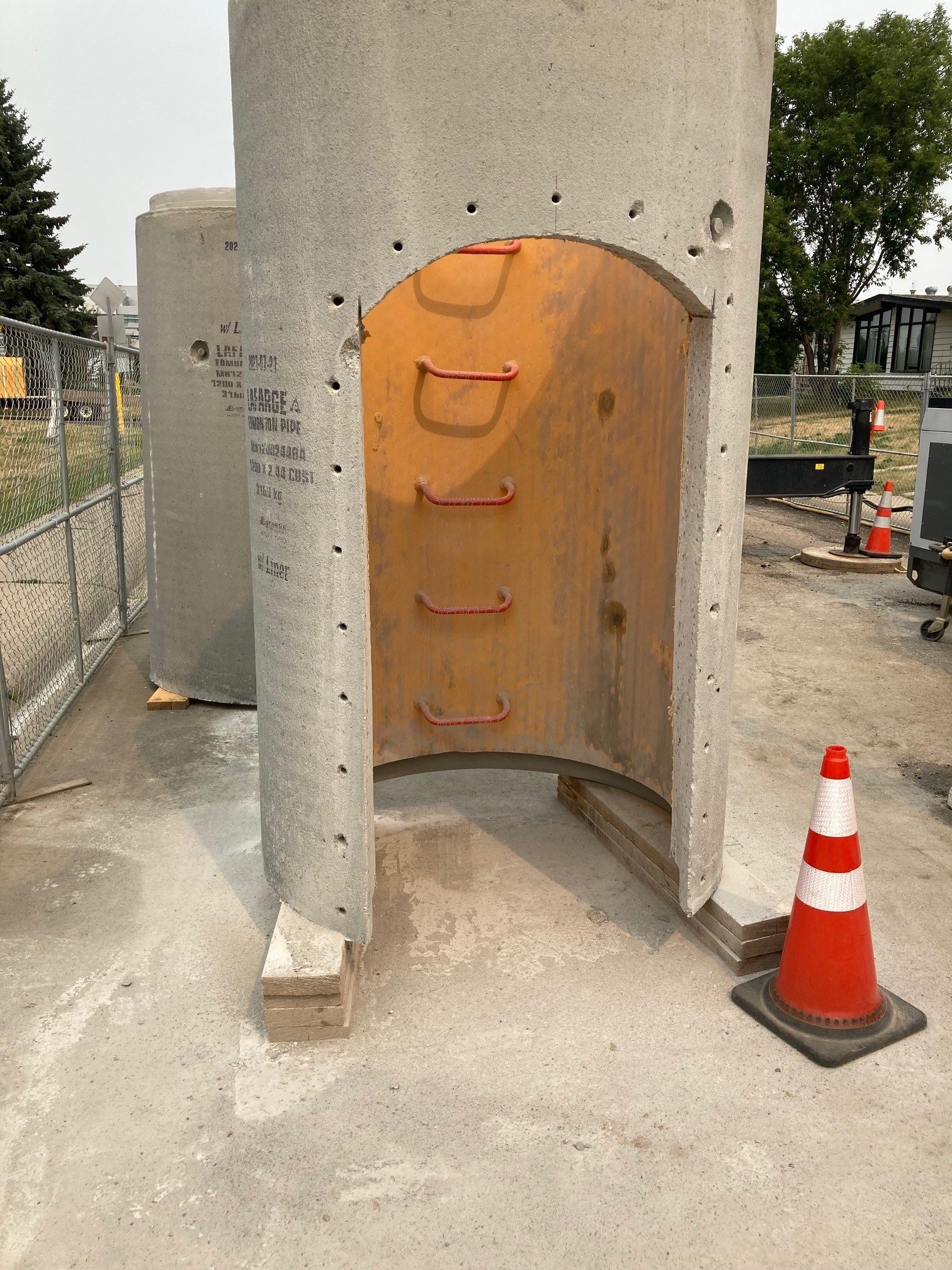
Lined Manholes and Maintenance Holes
Lined maintenance holes are essential for protecting underground infrastructure from chemical corrosion, moisture infiltration, and abrasion. At Engineered Containment, we recommend using embedded liners like AGRU UltraGrip and Solmax StudLiner for long-term durability. These liners form a permanent mechanical bond with concrete, ensuring that the structure remains intact even in harsh environments. While some use epoxy coatings, we’ve found that epoxy can easily delaminate over time, leading to potential structural failure. Embedded liners, however, provide superior protection, offering enhanced chemical resistance and longevity in maintenance holes and manholes alike.

Lined Concrete Pipe and Lined RCP Pipe
Lined concrete pipe and lined reinforced concrete pipe (RCP) have become essential components in underground infrastructure, offering durability and protection in harsh environmental conditions. Engineered Containment specializes in providing high-performance lining solutions for RCP, designed to combat corrosion and chemical damage.
Lined Concrete Pipe offers enhanced durability, protecting against corrosion from wastewater, chemicals, and moisture. It’s widely used in wastewater treatment plants, stormwater systems, and chemical processing facilities.
Lined RCP Pipe combines the strength of reinforced concrete with corrosion-resistant liners, making it ideal for sewer systems, culverts, and storm drains, especially in areas exposed to aggressive environmental factors.

Growing Population in Canada's Prairies
As the population in Canada’s Prairie provinces continues to rise, driven by economic opportunities and affordable living, cities like Calgary, Edmonton, Saskatoon, and Winnipeg are expanding rapidly. This growth is placing significant pressure on essential infrastructure, particularly wastewater treatment plants and trunk lines, which are struggling to keep up with demand.
Engineered Containment is addressing this critical need by providing specialized services in the design and installation of corrosion-resistant liners for wastewater systems. Our solutions ensure that wastewater treatment plants and trunk lines are built to last, offering enhanced protection against corrosive environments and reducing long-term maintenance costs. By future-proofing these vital systems, we help municipalities accommodate population growth while safeguarding public health and the environment.

Lined Microtunnel Pipe and Lined Jacking Pipe
Lined concrete microtunnel and jacking pipes are essential solutions in modern underground infrastructure projects. Combining the robust structural strength of concrete with advanced internal linings, these pipes offer superior resistance to corrosion from harsh environments, such as wastewater systems and chemical exposure. The concrete structure provides the load-bearing capacity needed to withstand external pressures and the installation stresses of trenchless methods like microtunneling and pipe jacking. Meanwhile, the internal lining—typically made from materials like HDPE—shields the pipe from internal corrosion, significantly extending its lifespan.
In applications like sewer systems, stormwater drainage, and industrial pipelines, lined concrete pipes are an excellent choice for long-term durability and reduced maintenance costs. Their dual benefits of strength and corrosion resistance make them indispensable for demanding infrastructure projects.
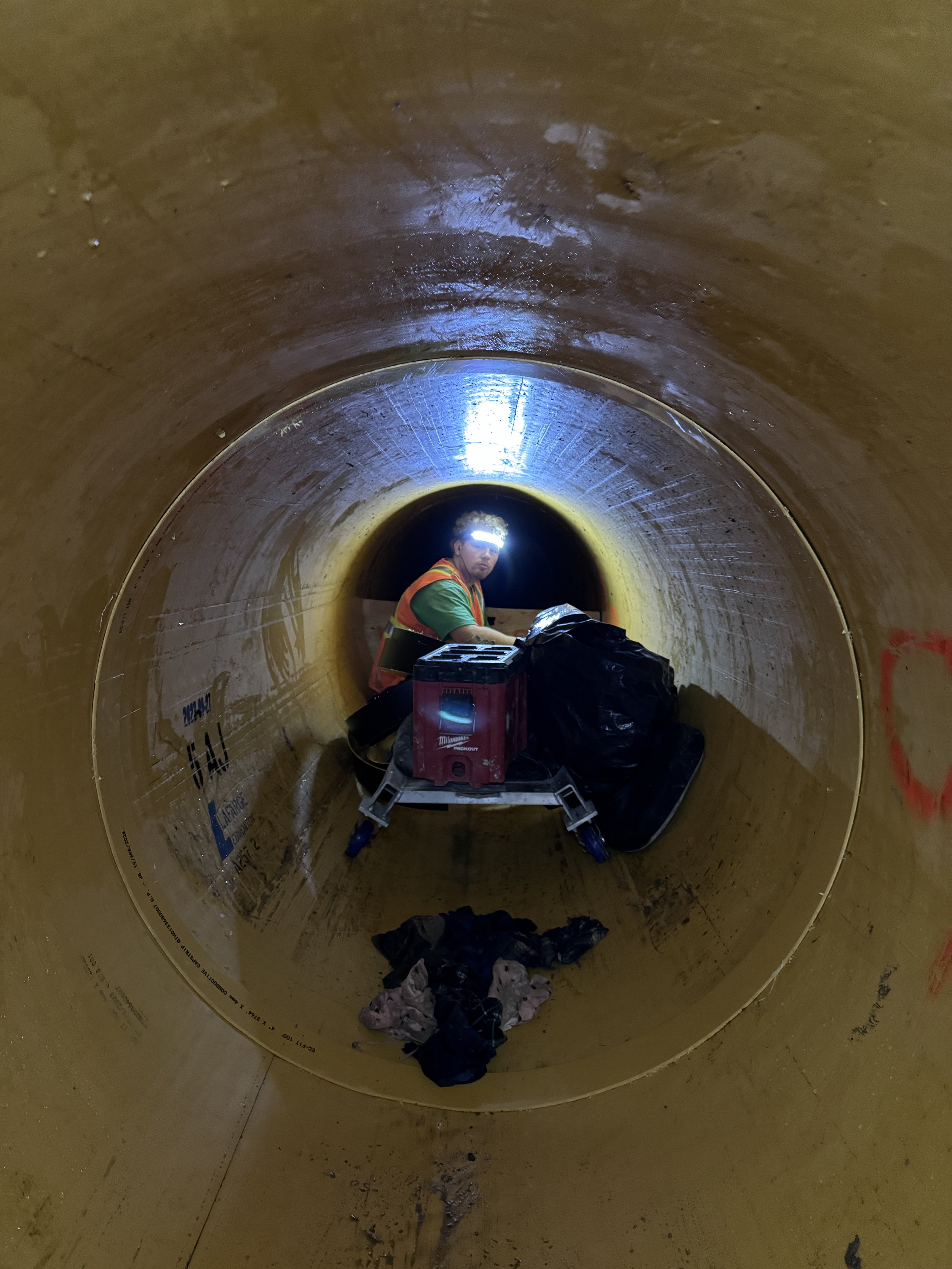
Microtunneling for Sanitary Applications
Discover how Engineered Containment enhances microtunneling projects with concrete protective liners for sanitary applications. Our certified crews provide expert welding and QA/QC services for trunklines, using industry-leading products like AGRU Suregrip, Ultragrip, and Solmax Studliner. We partner with microtunneling contractors and precast producers across Canada, the USA, and globally, delivering durable solutions that protect against corrosive environments. Learn about our role in award-winning projects like the Rangeview Sanitary Trunkline in Calgary and the West Valley Line Drainage Relocation in Edmonton, and why we are the trusted choice for advanced pipeline protection.

Precast Concrete Form Liner vs. Concrete Protection Liner
What is the difference between precast concrete form liners and concrete protection liners? One is used as an architectural feature and the other is for longevity. The words may sound similar, but they are very different!

What is the Protective Coating Inside Concrete Pipes Called?
What are the different types of protective coatings for concrete pipes, including epoxy coating, and HDPE liners.

The Role of Concrete Protection Liners in Environmental Protection
How advanced concrete protection liners can improve infrastructure safety and environmental sustainability.

Geosynthetics in Environmental & Infrastructure Protection
Explore the vital role of geosynthetics in environmental & infrastructure protection. Discover how different materials and applications help safeguard our world.
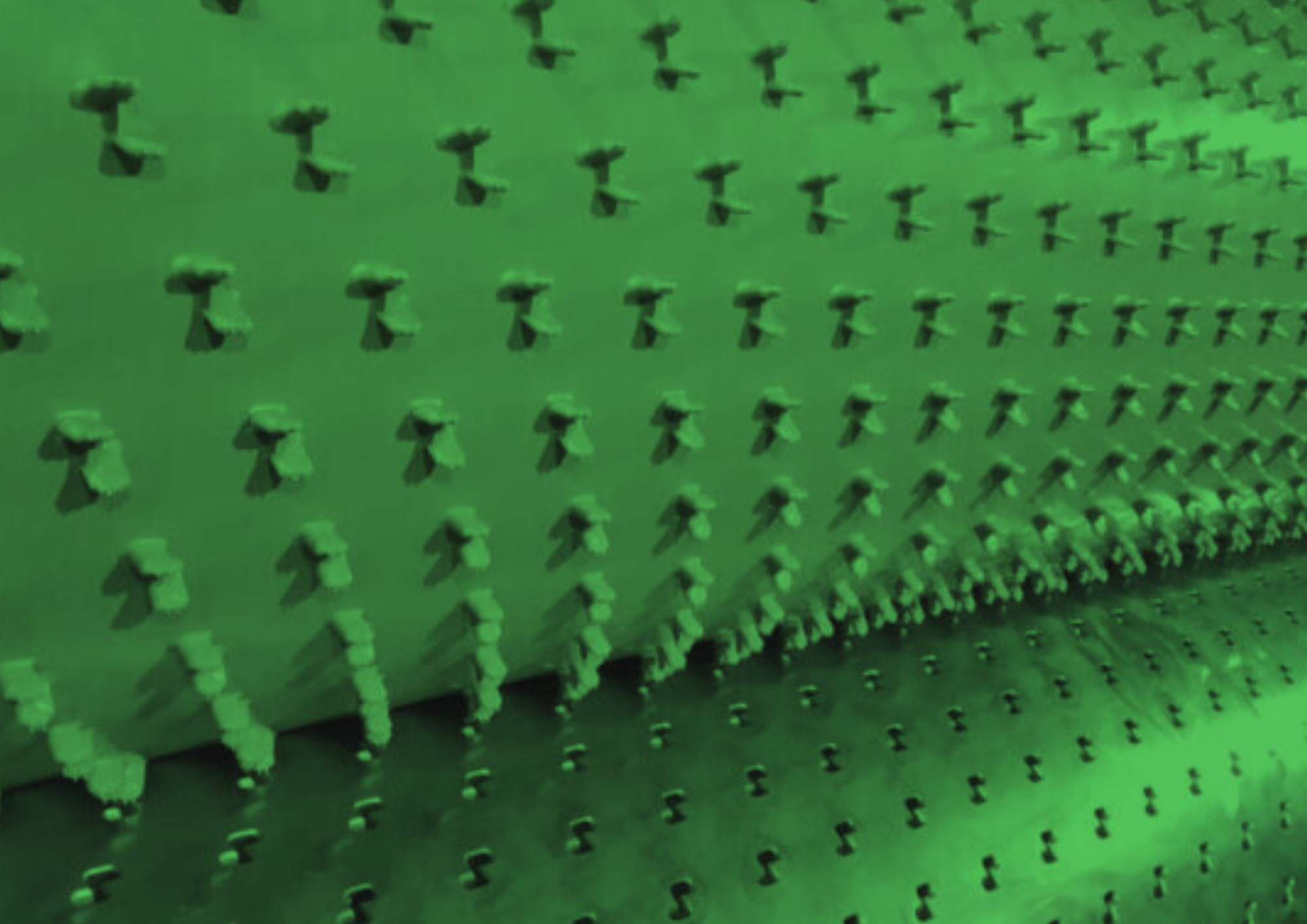
Key Features of Concrete Protection Liners
Explore the characteristics, materials, and environmental impact of concrete protection liners in infrastructure projects.

Improve Infrastructure Safety with Concrete Protection Liners
Discover how concrete protection liners enhance safety, durability, and environmental sustainability in infrastructure projects. Learn key features and applications.
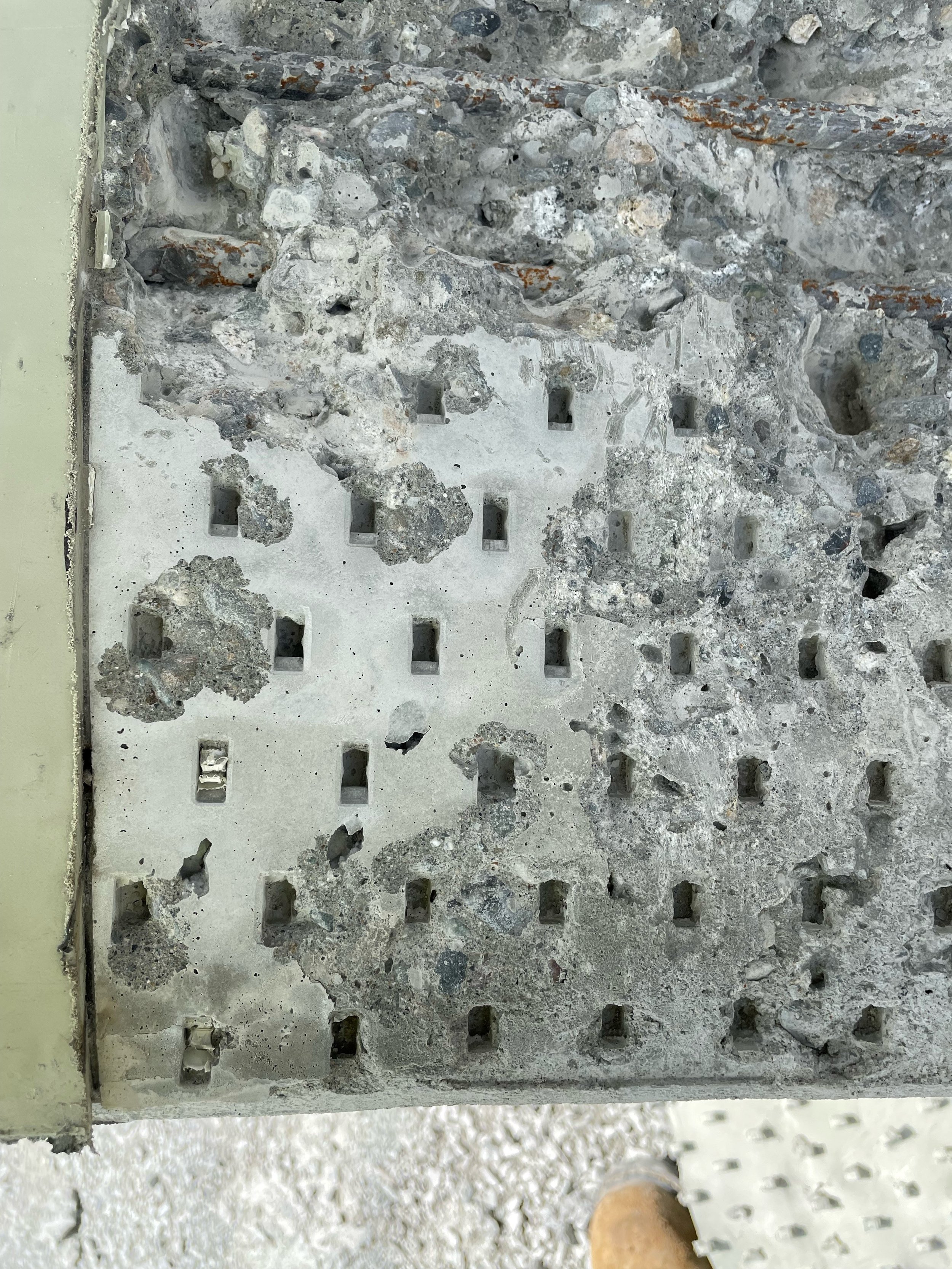
Hydrostatic Pressure Ratings - Concrete Protective Liner
Concrete protective liners (CPL) are essential for safeguarding structures against various environmental and chemical threats. One critical aspect of these liners is their ability to withstand hydrostatic pressure, which is the force exerted by a fluid at equilibrium due to gravity. Ensuring that a CPL can handle the appropriate level of hydrostatic pressure is crucial for the longevity and safety of the structure it protects.

Concrete Protective Liner Installation Services
When it comes to safeguarding your concrete structures, the installation of protective liners is crucial. These liners provide a vital barrier against corrosion, chemical exposure, and physical damage, ensuring the longevity and integrity of your infrastructure. At Engineered Containment, we specialize in the professional installation of concrete protective liners, backed by industry-leading certifications and extensive experience. Here’s why general contractors should always rely on certified professionals for this critical task.

Precast Concrete Lining vs. Cast-in-Place Concrete Lining
When it comes to concrete lining, understanding the fundamental differences between precast and cast-in-place methods is essential for selecting the appropriate technique for your project.
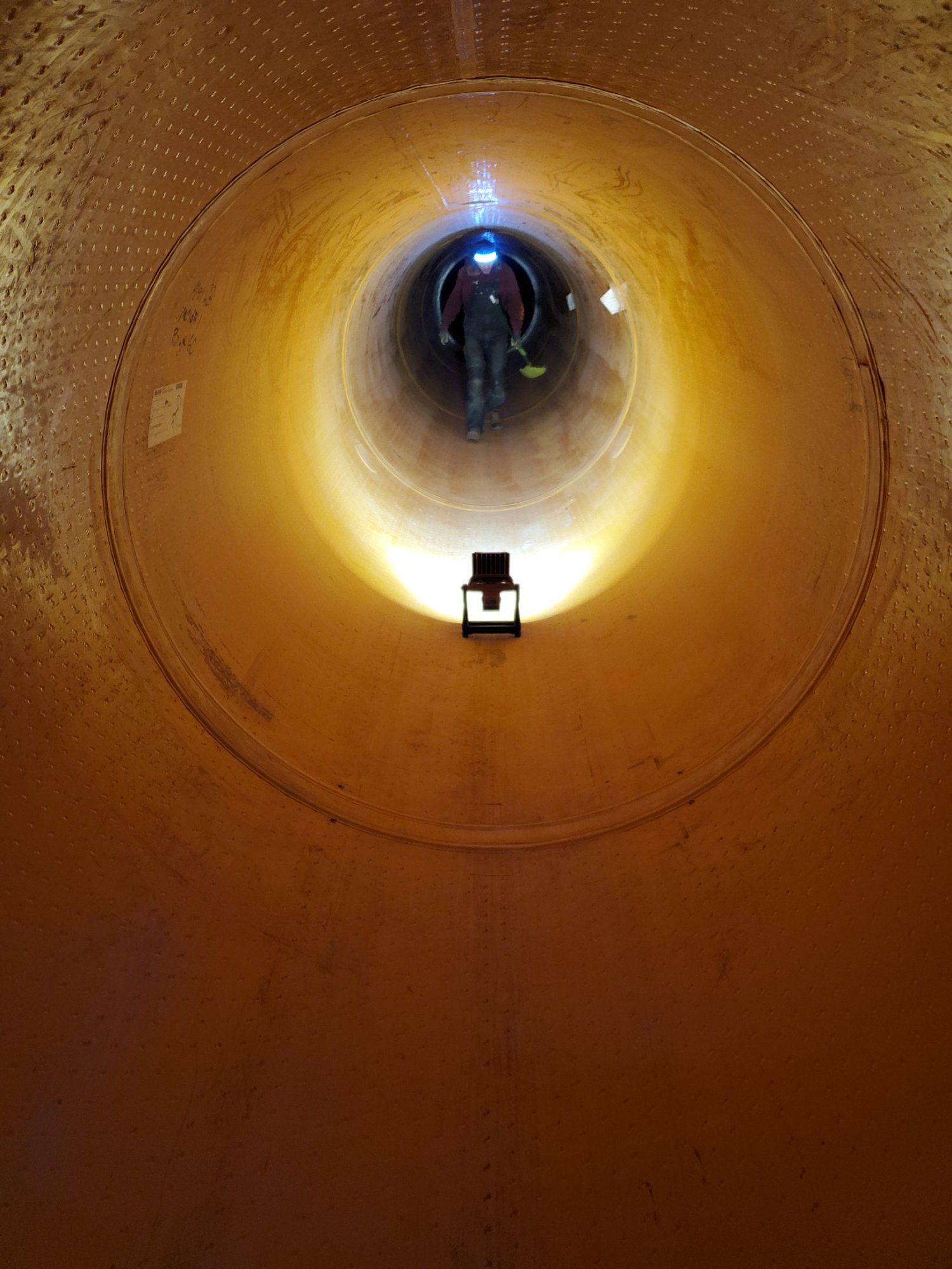
What is the Life of Concrete Lining?
Concrete lining plays a crucial role in enhancing the longevity and durability of concrete structures, particularly in sanitary applications. At Engineered Containment, we emphasize a 100-year design life for our concrete protective linings (CPL), ensuring that infrastructure remains robust and functional for generations to come.

Thermoplastic Lining for Structures
In the realm of construction specifications, the name of a product can vary, but its purpose remains constant. As Shakespeare eloquently put it, "A rose by any other name would smell as sweet." Similarly, whether referred to as a thermoplastic liner, geomembrane liner, or concrete protective liner, the function of protecting concrete structures is unchanged. Thus, understanding the various terms used in specifications ensures that the essential quality and integrity of the protection are maintained.
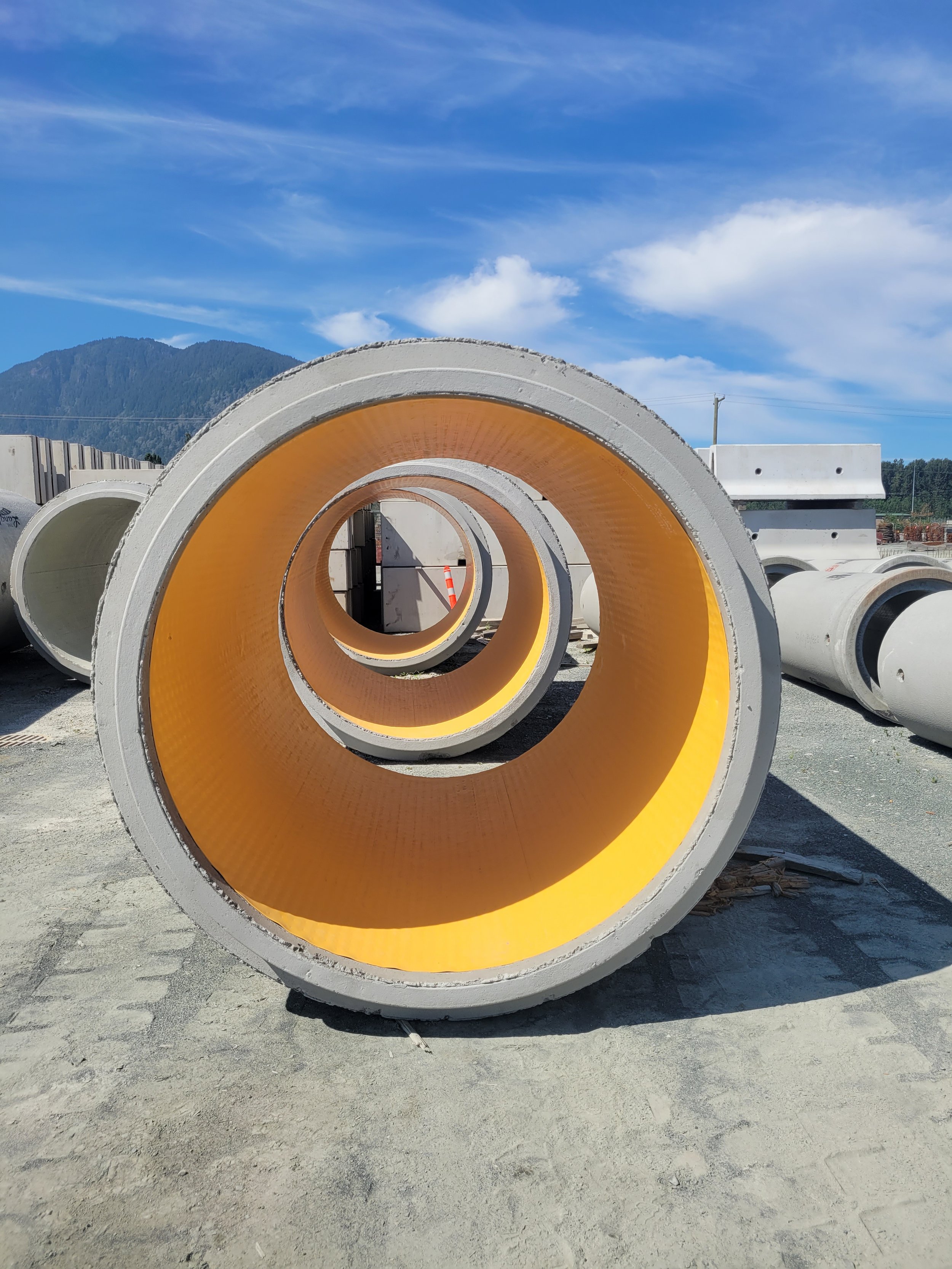
Concrete Protection Liner (CPL) Highlights
Engineered Containment’s Concrete Protective Liner (also called Concrete Protection Liner, or CPL for short) is typically made with a high-density polyethylene (HDPE) geomembrane sheet with one side studded to firmly anchor onto applied surfaces. Other options, beyond HDPE, are available depending upon the application. This liner provides excellent protection for concrete structures against corrosion, erosion, and mechanical damage.

